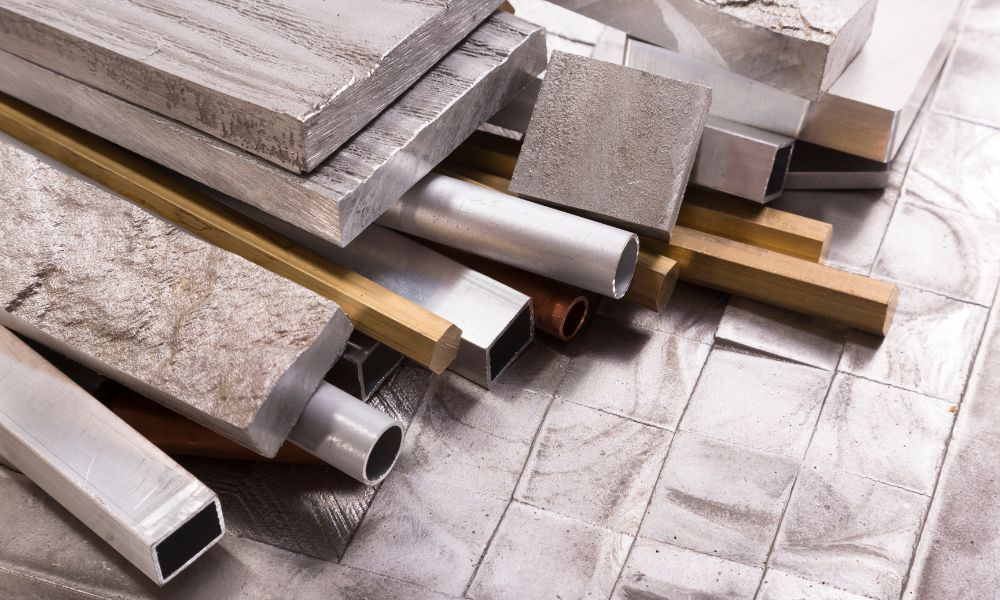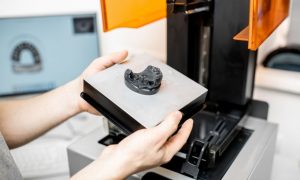Non-ferrous metals, which do not contain significant amounts of iron, have unique properties that give them an edge in specific machining industries. From aluminum and copper to titanium and zinc, these materials play a pivotal role in the modern industrial landscape. In this detailed exploration, we’ll unravel the hidden benefits and challenges when machining non-ferrous metals.
Types of Non-Ferrous Metals
With so many different types of non-ferrous metals available, sorting them out can be difficult. Here are a few things to remember about each material.
- Aluminum: Ubiquitously present in aerospace, automotive, and consumer electronics thanks to its low density and high strength-to-weight ratio.
- Copper: A key player in electrical applications due to its unparalleled electrical conductivity.
- Titanium: Renowned for its strength and lightness, it’s a star in the aerospace industry.
- Zinc: Often found in die-casting for automotive and consumer goods, zinc alloys are known for their good balance of mechanical properties and castability.
- Brass: With its combination of high strength, ductility, and corrosion resistance, brass is optioned for a variety of items, ranging from plumbing fixtures to decorative applications.
Each metal has unique characteristics used to achieve different desired results in the manufacturing process.
Understanding Non-Ferrous Metals: More Than Just the Absence of Iron
First, it’s important to understand non-ferrous metals, their properties, and why they’re so crucial in machining. While these metals offer key characteristics like light weight, high conductivity, and corrosion resistance, they also come with their own distinctive traits that can test the mettle of even the most seasoned machinist.
- Speed: Non-ferrous alloys tolerate higher machining speeds due to their great thermal conductivity and resistance to elevated temperatures.
- Feed: They tend to allow higher feed rates, contributing to quicker production of parts.
- Depth of cut (DOC): Deeper cuts reduce the number of passes and time to complete machining operations.
Manufacturers can fabricate unique products by taking advantage of these properties while saving time and money.
The Benefits of Non-Ferrous Machining: Beyond the Surface
There are many compelling reasons for working with non-ferrous metals. First, they offer superior results to other metals, with brighter components and the potential for anodization, which improves surface-level protection. They’re also much easier to machine than their ferrous counterparts, resulting in shorter production times and reduced energy consumption. The best part about non-ferrous metals is that they’re easily recycled, allowing manufacturers to close the loop on waste.
The Future of Machining: Non-Ferrous Metals at the Helm
As industries evolve and material demands shift, it becomes clear that non-ferrous metals will play an increasingly vital role in the future of machining. Hybrid and smart alloys have led to various material innovations, while robotics continue to automate key processes. Custom plastic manufacturing and other industrial processes have never been easier.
The Path Forward
Machinists and engineers alike must continuously refine their craft, explore innovative strategies, and adapt to the dynamic landscape of industrial materials. By understanding the benefits of machining non-ferrous materials, we fortify our ability to deliver on the complex demands of a modern, evolving industrial market.




